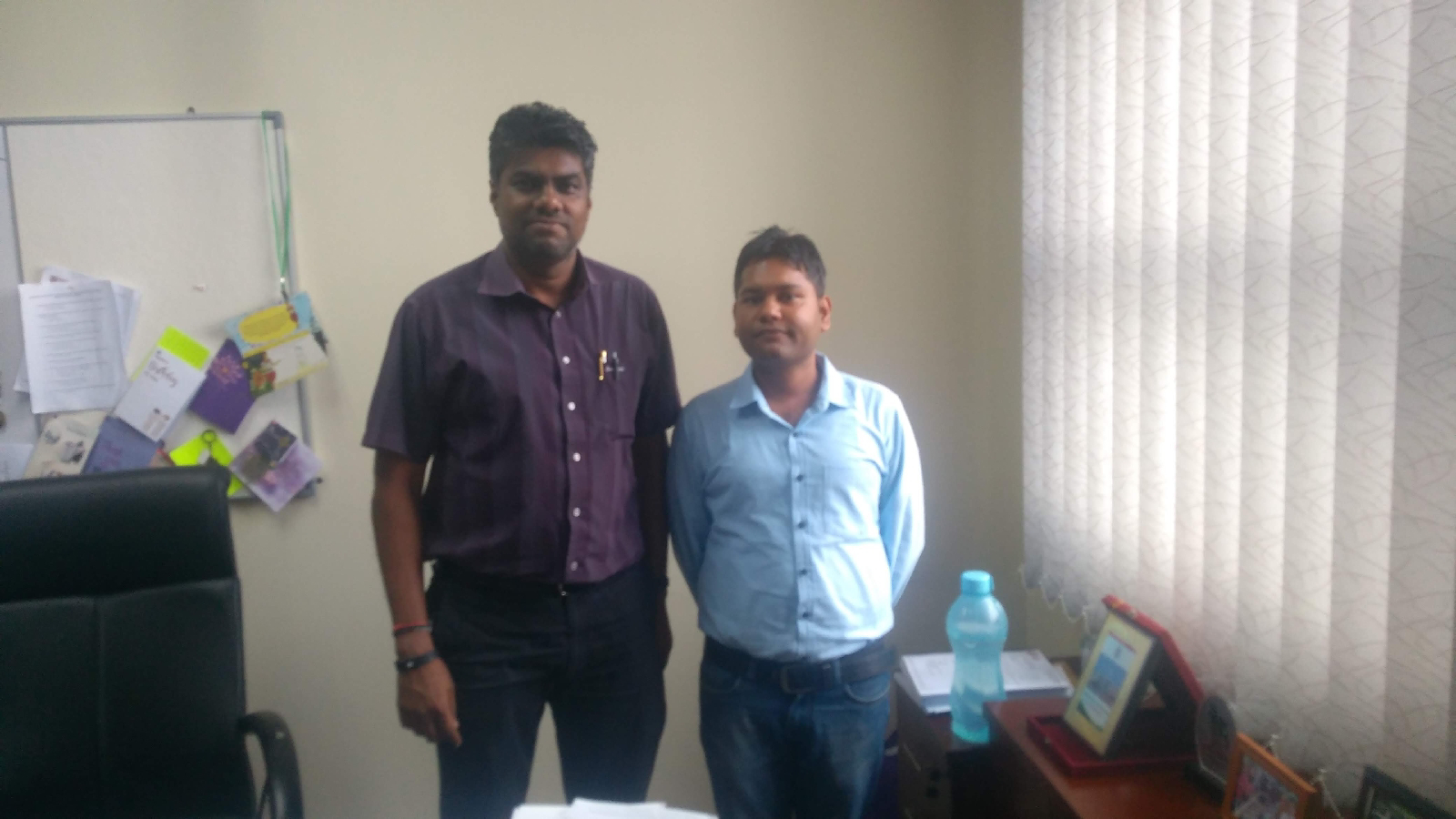- Connection with Pidarampatti
The ancient Tamil culture has symbolized traditional knowledge and spiritual practices of India very prominently. The roots of these spiritual practices, along with their true significance, can only be experienced in small villages located remotely in Tamil Nadu. The countrymen have been following these traditional spiritual practices since time immemorial. Personally, I had the opportunity to experience and witness a Tamil festival during the ancestor pooja in Pidarampattai village, Pudukottai district.
Now, a question arises: how and why did I visit Pidarampattai? To answer this, you should know about my connection to Universiti Putra Malaysia (UPM). I was awarded a PhD from UPM in 2018. During my time there, I had three Indian PhD supervisors/professors. The first one was Dr. Siva Kumar Balasundram, the second was Dr. Ganesan Vadamalai, and the third was Professor Biswajeet Pradhan. Dr. Ganesan, my second supervisor, was born in India, and Pidarampattai is his village.
Normally, Dr. Ganesan used to visit India once or twice a year. However, due to the corona pandemic period (2020-2022), flights between India and Malaysia were suspended, preventing him from visiting India during that time. Nevertheless, once the restrictions were lifted and flights resumed, he was able to arrive in India in July 2022.

Here, I would like to share a photograph taken five years ago on the last day of my graduation, featuring him. The Indian diaspora in Malaysia is commonly referred to as "Indian." They maintain a strong connection with their roots in India, considering geographical boundaries to be mere lines on a map. They embrace Indian culture, cuisine, music, and films.
- Let's start journey to Pidarampatti
For this journey, I covered a total distance of 1700 km from my hometown, Lakhnadon (Seoni District, Madhya Pradesh), to Pidarampatti (Tamil Nadu). My hometown is located in the center of India, while Pidarampatti is situated near Rameswaram. Firstly, I took a train from Nagpur, Maharashtra to Chennai Central, Tamil Nadu on July 15th, 2022. Food played an integral role throughout my journey, and my first meal was chhole and kulche at Haldiram in Nagpur railway station.
On the following morning, July 16th, 2022, I arrived at Chennai Central. I had previously worked at SRM University in Chennai for two years, so the city is familiar to me, and I am fluent in speaking Tamil. I enjoyed breakfast at Aanand Adyar Bhavan (A2B) located in Chennai railway station before boarding a local bus. During my time in Chennai, I also took the opportunity to capture some photos of the vibrant streets.
I then traveled from Chennai to Melmarurvathar by bus. My purpose for coming here was to meet my friends Murali and Chikkaraju. After meeting with them in Melmarurvathar, I proceeded with my journey by boarding a train to my next destination.
On July 16th, I arrived at Pudukottai Junction at 8:30 pm. Dr. Ganesan, along with his driver, came to pick me up from the railway station in a car. The distance from the station to his village, Pidarampettai, is approximately 15 km. I had the pleasure of staying at his house, which was built in a traditional style but equipped with modern amenities. The ambiance of his home exuded tranquility and a connection with nature. I had a restful night and finally enjoyed a comfortable sleep after the 48-hour journey.
The villagers informed me that this year's pooja held special significance as it included a special prayer for the ancestors. Even those who couldn't visit the village due to the corona pandemic made it a promise to attend the pooja this time. The main pooja was dedicated to the famine deity, Pindari Amman. Amman is believed to protector the village from evil forces and bestow blessings upon villagers.
The important person responsible for performing the pooja is the village priest, known as Pujari in Tamil and Hindi. The Pujari was a highly energetic individual. Dr. Ganesan informed me that the Pujari's family has been carrying out the ancestor pooja for a long time. The Pujari conducted the pooja at 4-5 different locations within the village, with a distance of 2-3 km between each location.
The essential components for the pooja include bananas, coconuts, betel leaves, grass, sandalwood powder, turmeric powder, kumkum, incense sticks, river water, and holy fire. Additionally, the villagers offer sweet dishes to the deities as part of the rituals. After the pooja, everyone was given sweet rice, bananas, and betel leaves as prasad (sacred food offering).
The vibes of pooja made the atmosphere quite different, everyone enjoying festival with family after a very long time. Children eagerly partook in the distribution of prasad, sharing blessings and joy amongst one another.
I am blessed that my professor and his family considered me as family member. Whole day I was with them and has been taking part in all the pooja processing. In afternoon, special vegetable biryani, sambhar, and variety rice were served to me. The cook was expert in authentic Karraikudi style food -- spicy and tasty food.
Now, I am sharing the photos of the main temple and the idols of various gods and goddesses. For many North Indians, the names of some South Indian deities may be unfamiliar, such as Karuppu Samy, Masani Amman, Angala, and Ayyanar. Attached are some photos for your reference.
In conclusion, my journey to Pidarampettai in Tamil Nadu was a truly enriching experience. I had the privilege of witnessing and participating in traditional spiritual practices, connecting with the village and its people, and immersing myself in the cultural richness of the region. It was a journey filled with deep spiritual insights, warm hospitality, and unforgettable memories. After pooja, I had dinner with family and took permission to return back. My next stop was Rameswaram!


















Comments
Post a Comment